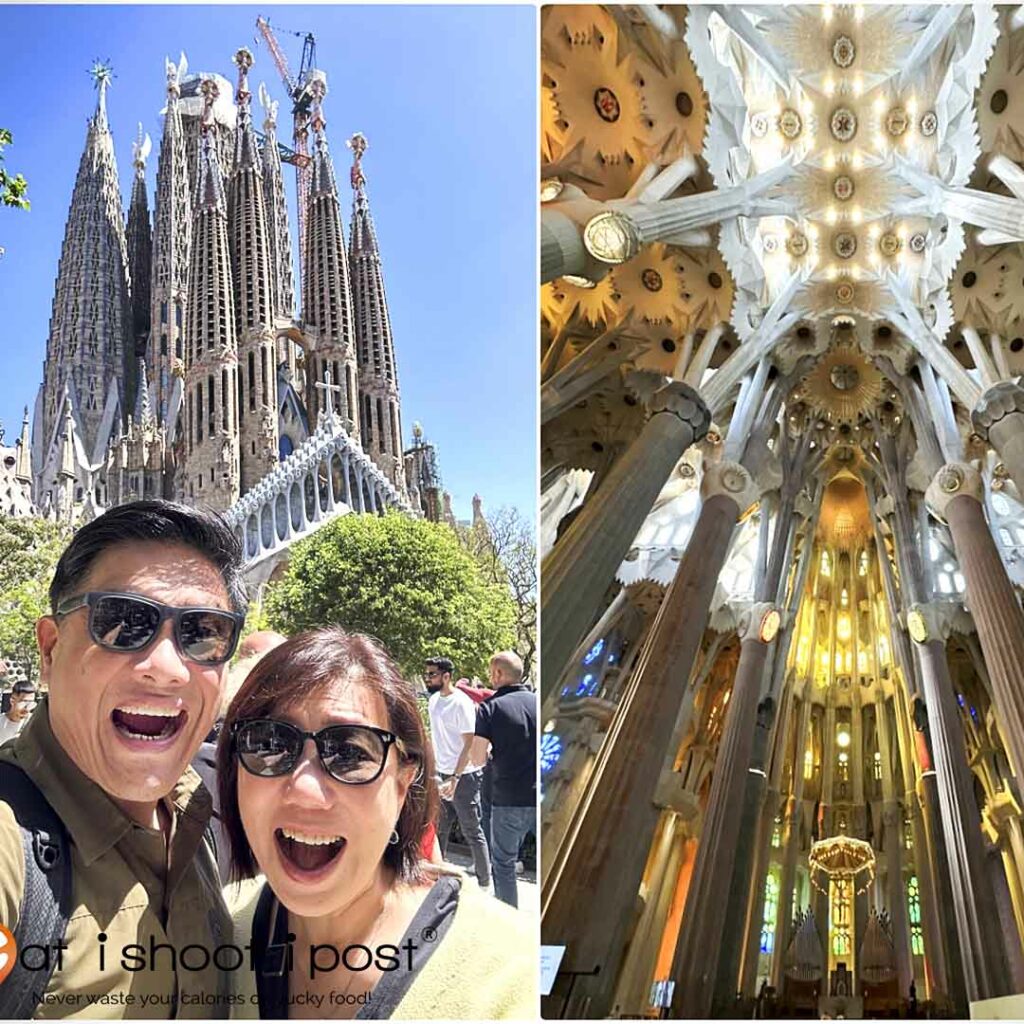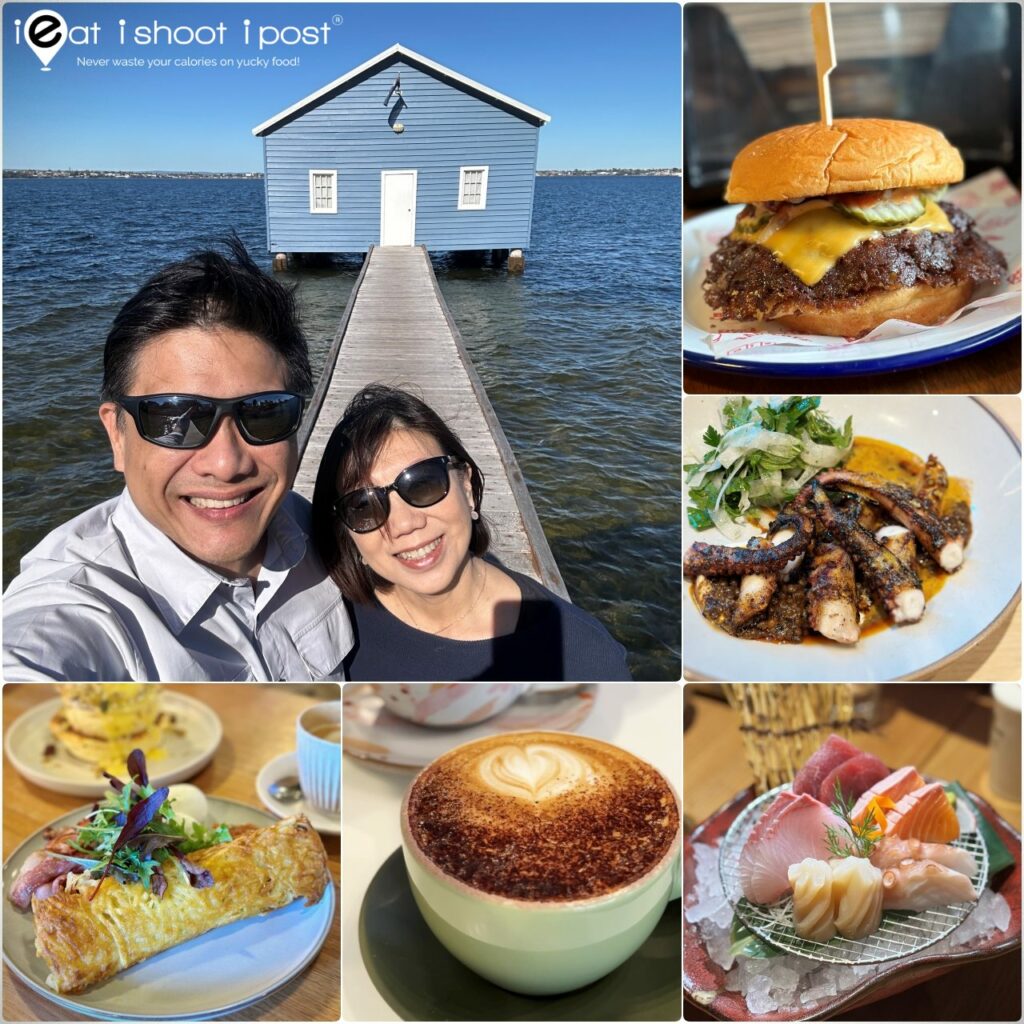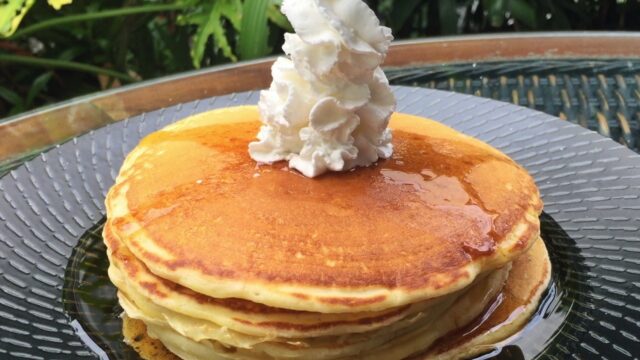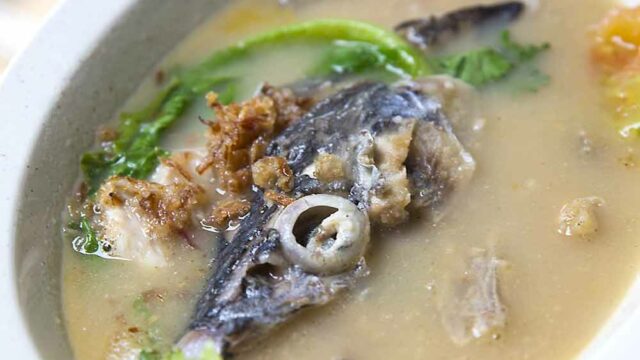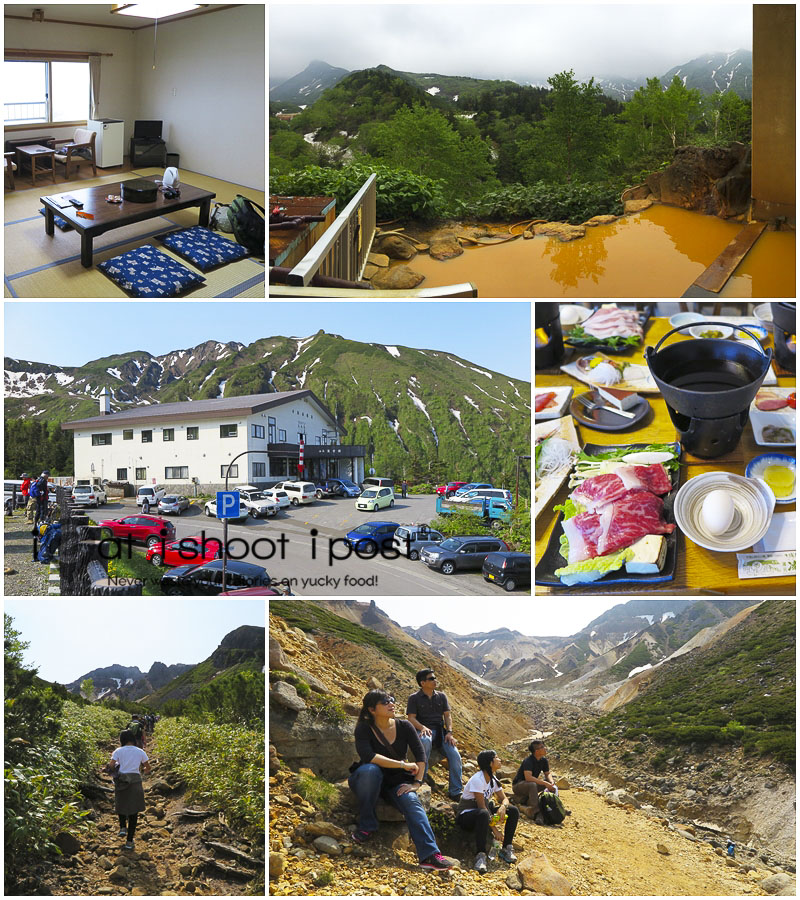
I have been planning to bring the family back to Hokkaido since my trip to Hakodate last year. The kids love the food and the culture of Japan but are only familiar with the hustle and bustle of Tokyo. I wanted them to experience the charms of driving through rural Hokkaido with its padi fields, meticulously curated farmlands and endless supply of soft serve ice cream!
One cannot help but fall in love with Japan. Everything is just so neat and well thought through. The food is always delicious, the toilets always clean, and you will never experience the shock of a cold toilet seat!
Hokkaido is beautiful all year round. In the summer, the flower fields of Kamifurano bloom to cover its rolling green hills with bars of technicolor reminiscent of a television test pattern. We were just a month too early to experience the lavender fields in full bloom, but the off peak period does mean that the roads are quieter and it is easier to book a table at the more popular restaurants!
One of the best reasons to visit Kamifurano (Upper Furano) is to trek Mt Tokachi (十勝岳 Tokachidake) which is an active volcano in Daisetsuzan National Park. The trek to the peak takes about four days but even a 3 hour trek would expose you the beauty of the mountain range. The trail is well defined and easy to access and we met quite a few primary school aged kids doing the trek.
We had the privilege of being hosted by Ryounkaku Onsen, which is the highest onsen in Hokkaido at an altitude of 1280m above sea level. It is a traditional Ryokan ie Japanese style hotel where you sleep on futons laid out each evening on the tatami mats. The most incredible feature of Ryounkaku is their outdoor onsen which faces the snow capped mountain range. The natural spring water is rich in iron which gives it its distinct orange (teh tarik) hue. In its heydays, it was voted one of the top three onsens in the whole of Japan!
The start of the mountain trail is at the public carpark just opposite the hotel and there are public buses which can bring you to the onsen from town. If you are not staying at Ryounkaku, you can still use the onsen after your trek for just 800 Yen.
Ryounkaku: Map and Details

Kamifurano is located about 20mins north of Furano which lies in the geographical centre of the island of Hokkaido. Planning a self drive holiday to the region is relatively easy. The nearest airport is Asahikawa which is only about an hour from Furano. From the airport you can rent a car and start exploring! The roads are relatively quiet and parking is easy and all you need to do to navigate your way around is to input the phone number of the places you wish to visit in the GPS and start driving! (NB: You will need to apply for an International driving license from AA in order to rent a car in Japan)
I have written this post for those who wish to do a self drive holiday in mind. So, you will be able to find the necessary details of each place we visited by clicking “Map and details” which will link you to the Google map. The car rental company will also provide you with a list of phone numbers of the popular tourist locations which you can input into the GPS. Our Toyota Wish costs just slightly less than 14,000¥ per day (24 hour) which includes insurance.

The local tourism association has identified eight magnificent natural landscapes around Kamifurano and marked each location with a special pole. These scenic spots can be found on the map above. If you are spending two days driving around Kamifurano, it will be quite easy to cover all eight locations and visit the places of interests in between. One of the top spots that you have to visit is the famous “Rollercoaster Road” which is a 2.5km, up and down stretch of road which has been featured in many magazines! Some of the other locations like Hinode park and the vista just outside of Ryounkaku are also featured in this article.
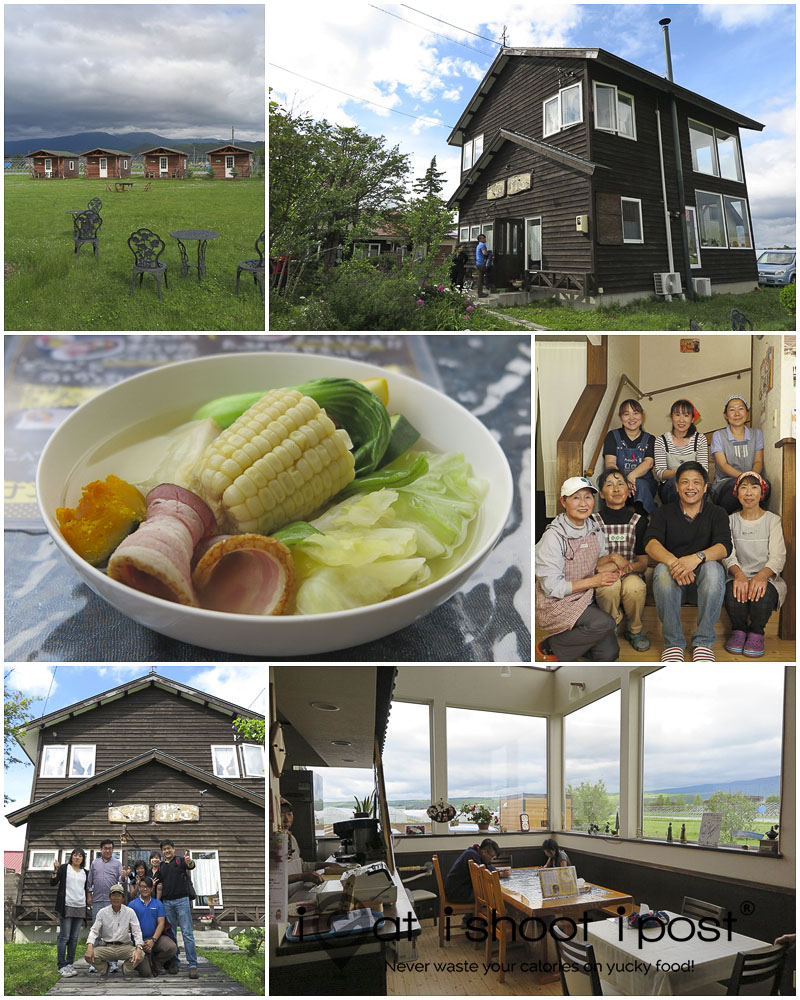
As you drive along the roads lined by acres of manicured farmland, you might be wondering how those wonderful Japanese vegetables might taste like, right?
For the ultimate farm-to-table experience, we were introduced to Azemichi Yorimichi. This restaurant is run by a group of Oba-san who use only the best locally sourced vegetables and even cure their own meats. Their piece-de-resistance is a very special pot-au-feu which is only limited to 10 servings a day.
Before I go on, I need to set your expectations. Food in rural Hokkaido is quite different from the Japanese food we are familiar with. Don’t expect anything to be heavily seasoned. Farm to table cuisine has a very zen quality about it where the emphasis is on the quality and freshness of the produce. I wasn’t quite prepared for the simplicity of the pot-au-feu and so my initial reaction was quite underwhelming. It was, essentially, a bowl of clear soup with several different boiled vegetables and a slice of bacon. The bacon was cured and smoked in-house which added a savoury, smokey flavour to the soup. I was told that the reason they only made 10 portions a day was because the vegetables are all prepared separately in order to get the texture of each seasonal vegetable just right. In order to get a chance at tasting the pot-au-feu, you need to get to the restaurant by 11am and be one of the first 10 patrons to order it! In case you are late, I was told that their curry rice with vegetables is also very good!
Azemichi Yorimichi: Map and details
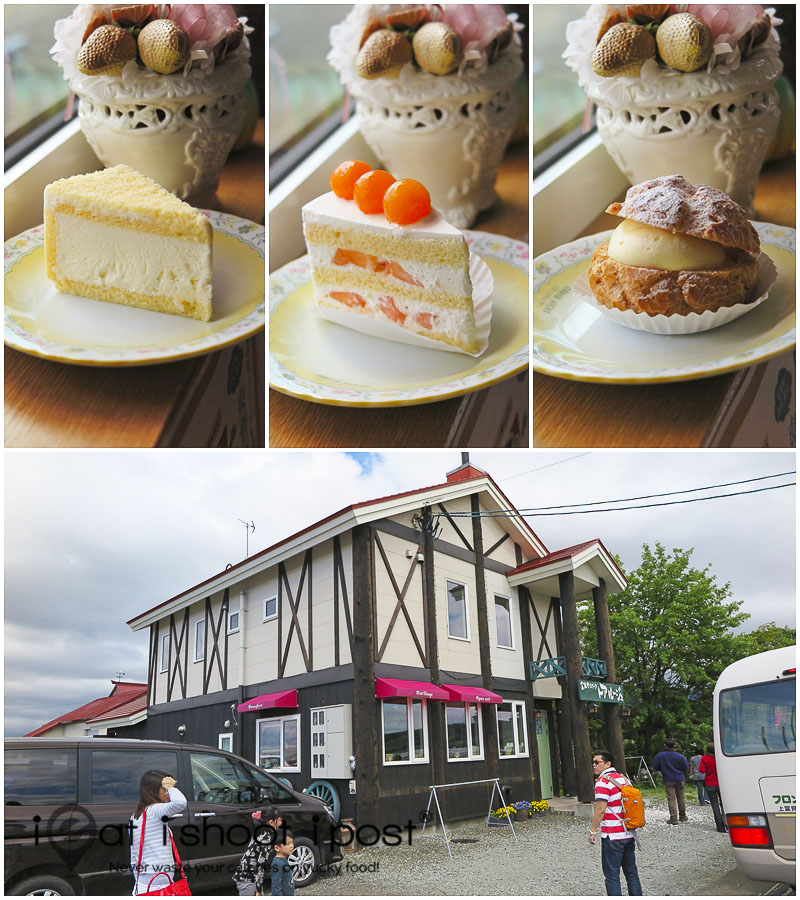
Just next to Azemichi Yorimichi is Toit Rouge where you can have desserts after your main course. It’s amazing how all the cake shops we visited in Hokkaido are so good, even in these remote rural areas. It must be due to the quality of the local milk, eggs and flour. The speciality cake here is their melon short cake which we haven’t really found anywhere else. We discovered that the reason for this is that the pastry chef’s father is a melon farmer who owns the farm just behind the bakery!
Toit Rouge: Map and details

In 2007, the season’s first pair of Yubari melons were sold for 2,000,000¥! I must admit that I have never tried a Yubari melon that costs that much. The most expensive that I have tried was $20 a slice more than a decade ago at the now defunct Inagiku restaurant. It was a moment of epiphany for me as I couldn’t have imagined a more perfect tasting melon. (I also never thought a slice of fruit could be so expensive!) It was sweet as sugar and drippingly juicy! Since then, I have had Japanese melons on other occasions and I have learnt that just because you pay $20-$30 for a melon, it doesn’t necessarily mean that it is going to be that good! So you really need to know how to choose.
The melon farmers in Furano would proudly tell you that their melons are superior to those of Yubari which is located approximately 100km south. It is just that they haven’t been marketing themselves as well. I haven’t compared the melons side by side, so I can’t tell you if this is really the case. What I can say is that the melons we had that day were as good as the best melons which I have tried. Each melon can cost about 2000¥ to 10000¥ depending on the size and season. The key to a great tasting melon is to know when to eat it. The essential skills of a melon farmer lies in knowing when to harvest the fruits so that they would be at their peak when it hits the stores. We were told that our melons would be be at their peak on the day we arrived back in Singapore and he was absolutely spot on!
Kudo Melon Farm: Map and details
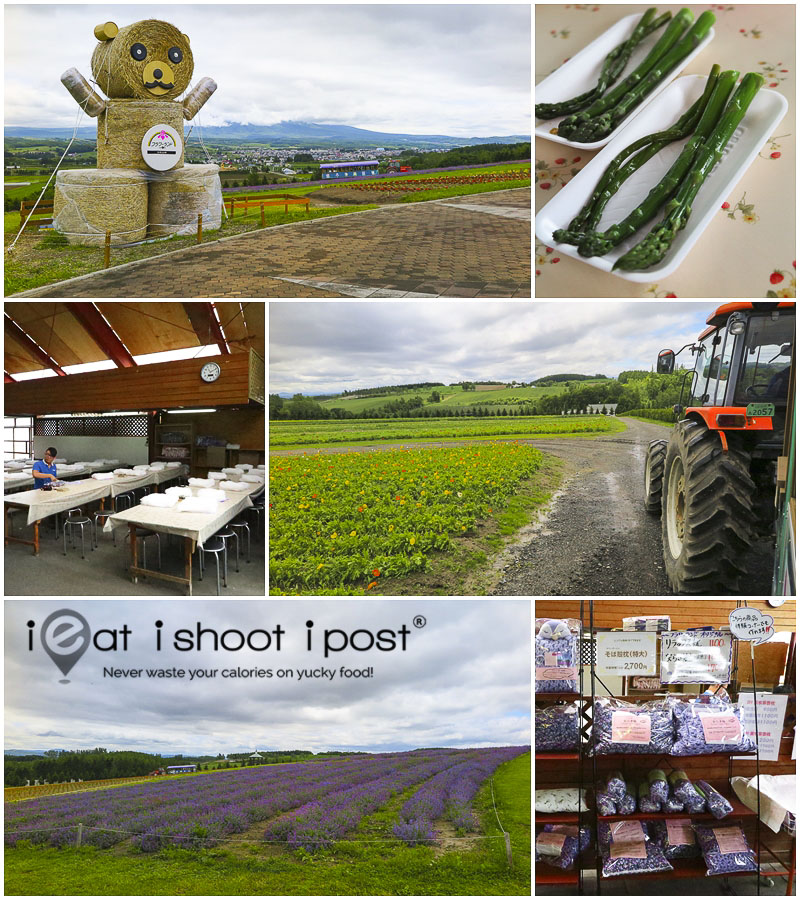
Flowerland is one of the many places in the Kamifurano/Furano area where you can walk among the lavender fields when they are in full bloom in the middle of Summer. There are other activities which you can do here like making your own lavender pillows, take a ride in their tractor bus and taste the seasonal produce. Admission is free.
Flowerland: Map and details

Lavender cultivation started in Kamifurano in 1948 by Kunio Iwasaki who learnt about the potential benefits of lavender oil on tuberculosis, an illness which he was suffering from. Since then, the region produces the bulk of Japan’s lavender harvest. The lavenders start blooming in late June and are ready to be harvested in early August. Hinode Lavender Garden is a public garden operated by the local authorities. Its iconic white arch is featured in just about every tourist brochure on Hokkaido. It is conveniently located just minutes from downtown Kamifurano. During winter, the lavender plants are buried in snow and the other side of the the hill us transformed into a ski slope for beginners!
Hinode Lavender Garden: Map and details
We were hosted to a night’s stay at Frontier Furanui Ryokan which is conveniently located in downtown Kamifurano and minutes away from Hinode Lavender Garden. The rooms are traditional Japanese style with shared toilets and they operate a hot and cold natural onsen. The central location of the hotel to the ski slopes makes it popular amongst the skiers who would check the condition of the snow on the the various ski slopes early in the morning before decided which slope to head for that day.
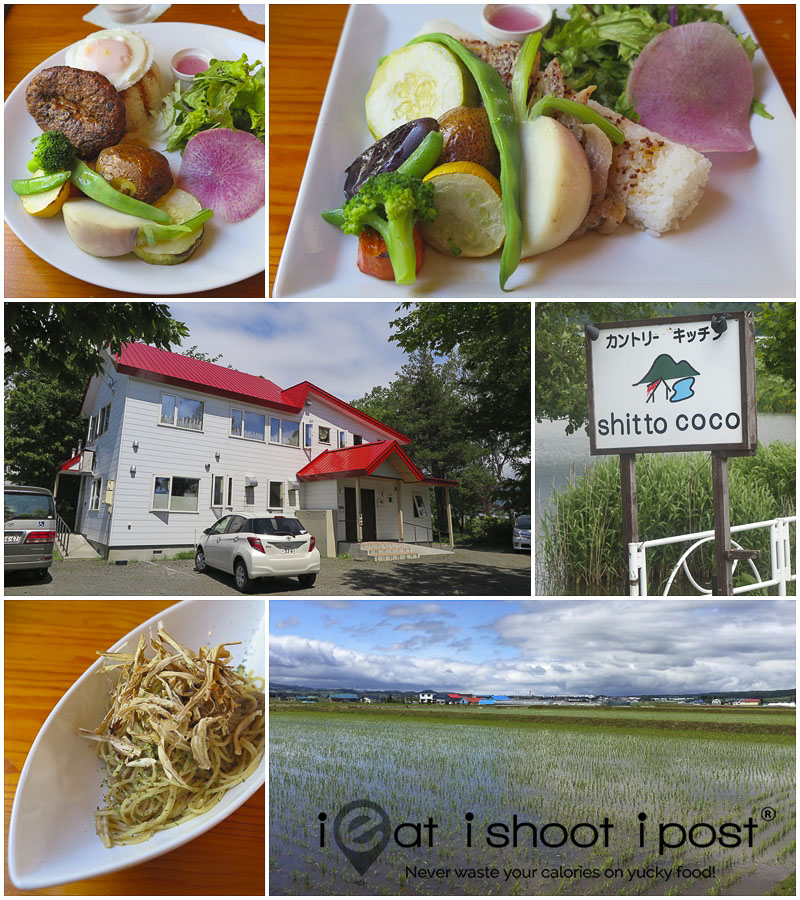
Another farm to table restaurant which is very popular in Kamifurano is Shitto Coco whose name, I am sure, the kids will calling out with glee to the chagrin of their parents. The unusual name, which is in the aboriginal language of the Ainu means “to have a look around”. The iconic red roofed house is located in a remote area amongst padi fields and was intentionally made to be difficult to find so that you have ample time to admire the landscape while trying to get un-lost. In the days before the smartphone and online maps, you were supposed to locate the restaurant by looking for a red roofed house with a pond in front and the mountains in the background as shown in their logo!
They serve fresh seasonal vegetables and Kamifurano pork which is very good! The locals are very proud of their pork which are fed a special feed called jiyoso which consists of natural ingredients such as wood vinegar that keeps the pigs calm and stress free. Of the various dishes which we tried, the grilled pork loin served with the fresh seasonal vegetables would be the one I recommend.
Shitto Coco: Map and details

The Goto Sumio Art Museum displays 130 works of the world reknown artist. It is said that when this grand master visited Kamifurano, he fell in love with the place immediately and decided to make it his home. His works are amazing even for a person like me who doesn’t usually take the trouble to visit Art Museums. He uses special gold and platinum leaf paints which reflect light in such a way that gives his paintings a depth that cannot be adequately captured on film. His Daisetsuzan Mountain Range is an incredible 10m long (estimated) masterpiece which is well worth the trip to view.
There is a cafe on the 2nd floor of the museum which is also worth visiting. We had a very nice local Wagyu steak there which is very nicely done. The local Furano Wagyu is very good, so make sure you get to eat lots of it before you get back home!
Sumio Goto Museum of Art: Map and details

As you drive around Kamifurano, you would not doubt pass by the Ferris Wheel and the strange building with a picture of Michaelangelo’s David on it. That is Miyama Toge and the building with the giant naked man on it is the Trick Art Museum. (It is no Trick Art, he really is onsen naked) The Trick Art Museum would be a good to bring the the kids for a couple of hours while you digest your lunch and prepare your tummy for the next meal. We had lunch at the BBQ restaurant there which serves jingiskhan (Genghis Khan) which is their version of Mongolian BBQ. It is unique in the sense that you don’t see many open air Japanese style BBQs in Singapore. The food is decent and they can cater to big groups. We happen to be there on a weekend when the whole town turned up for some sort of festival. There was traditional dancing and all sorts of pop up stalls selling food and knick knacks.
MiyamaToge: Map and details

Pizza might not be the kind of thing you would be looking for when holidaying in Japan BUT the pizzas at Flour Boko are, not surprisingly, very good! The Japanese have a way of putting their personal touch on foreign cuisines and the chaps here make a pretty mean pizza. What I really like is that this pizza is made almost entirely of Hokkaido ingredients. Chef actually grows his own tomatoes to make the sauce and the flour is all sourced locally. The only ingredient that comes from Italy is the olive oil. Even the cheese is made locally! It’s located along the main highway, so you can’t miss it. Good for pizza fanatics (like me) and if the kids are hankering for something familiar.
Flour Boko: Map and details
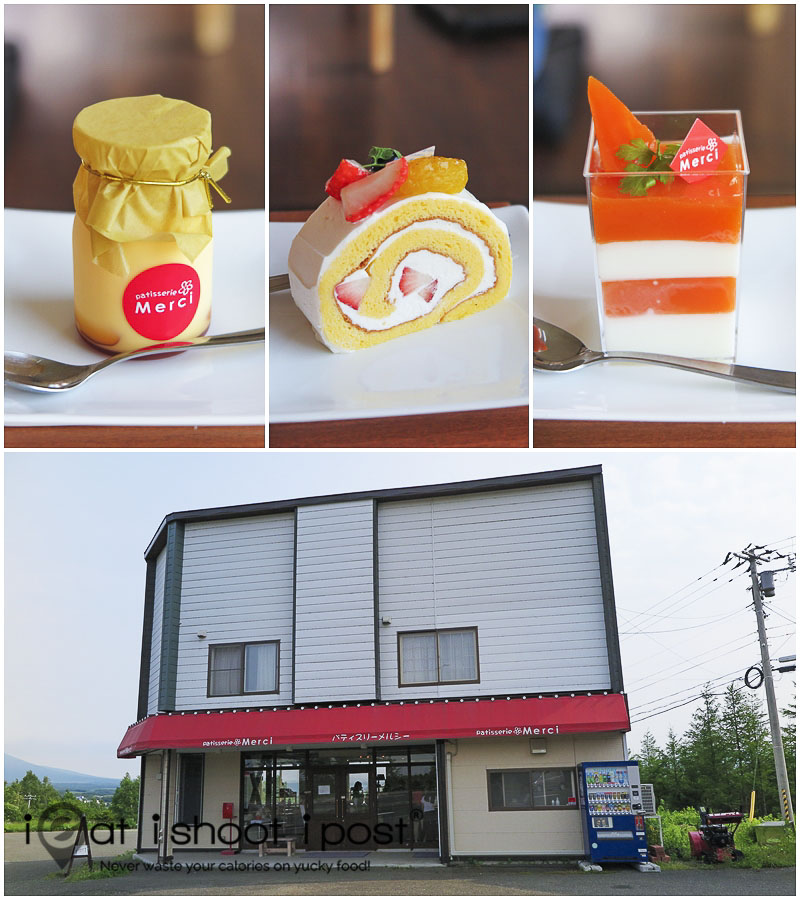
Just next to the pizza restaurant is cake shop where you can stop for afternoon tea. There are only two cake shops in Kamifurano, the other one being Toit Rouge. This one is run by a young couple whose parents run Akagawa Bakery in town that makes traditional pastries. The cakes are good. (I don’t think we ever had bad pastries in Japan) We had a wonderful soft roll which was really good and coffee is free!
Petite Merci: Map and details

We found some of the best carrot juice ever at Tada Farm. The farmer here grows, processes and bottles his own carrot juice. But that is not all! He also makes his own wine! The farm has a small guest house where you can do a farm stay, pick your own vegetables and bake your own pizza in wood fired pizza oven! I heard they grow some of the sweetest corn in town, so if you are there during corn season, you get to pick them fresh off the plant and eat them immediately when they are at their sweetest.
Tada Farm : Map and details
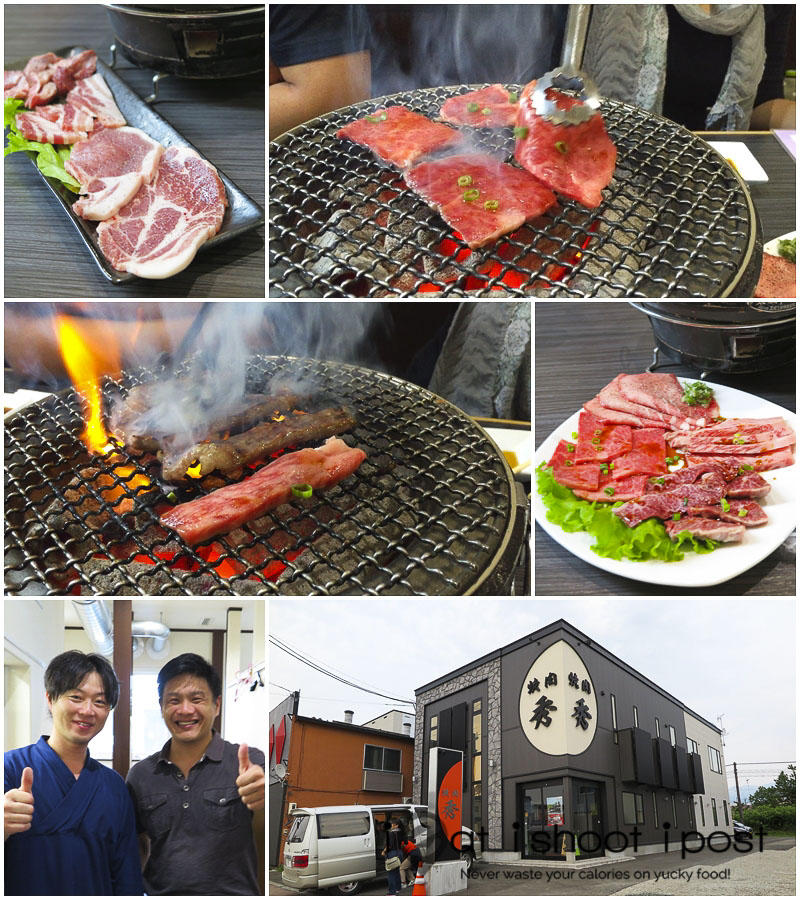
If I had to pick one restaurant to go back to in Kamifurano, Yakiniku Hide would be it. The vegetables and fruits of Kamifurano had been amazing but nothing gets the salivary glands going quite like the fine snowy reticular marbling pattern of an A5 Wagyu. This restaurant is opened by the son of the butcher that is located just across the road and the meat is sourced from local farms. The quality of the meat and marinades are excellent and the prices are quite reasonable. (The plate of beef in the photo was 2900¥) They also provide charcoal grills with an overhead exhaust which ensures that the meat gets infused with that that smokey charcoal aroma!
Yakiniku Hide: Map and details
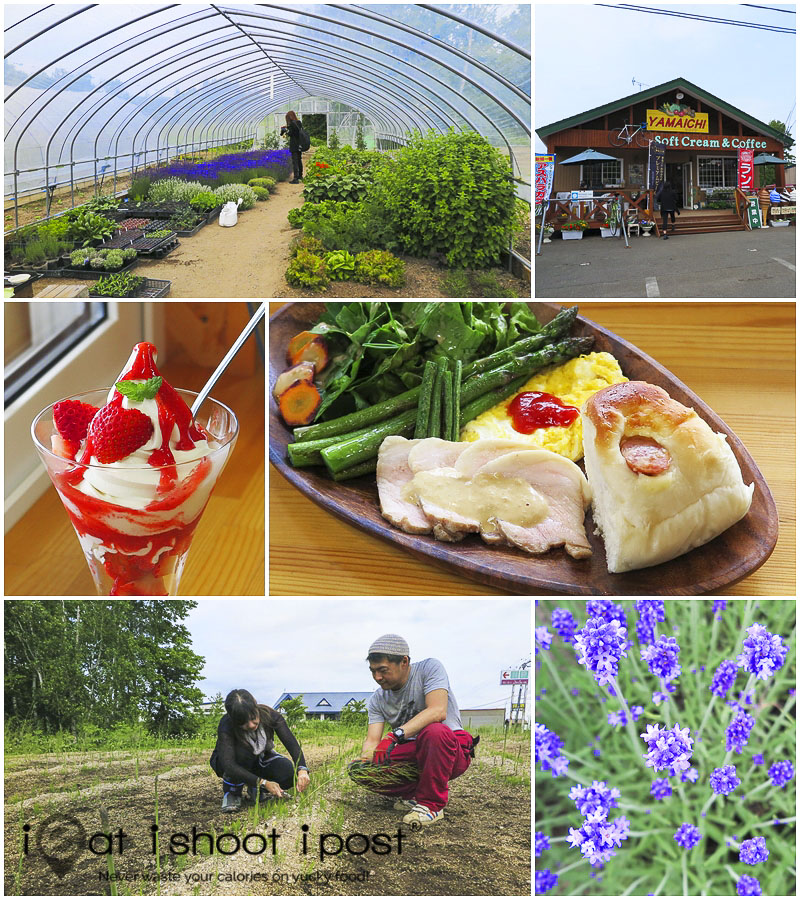
It is quite easy to overlook this farm to table restaurant because its signboard, which simply says “Soft Cream and Coffee”, betrays the farm fresh vegetables which are being grown in their backyard. There is actually an asparagus field right beside the restaurant where we harvested the asparagus and got them cooked for breakfast. This is the first time I got to eat freshly cut asparagus and they are amazingly sweet and tender right out of the ground! The boiled pork which was served was excellent. It was sweet, tender and juicy and completely changed my pre-conceived ideas about boiled pork! The soft serve ice-cream served with local strawberries are also quite a treat!
Yamaichi: Map and details
Acknowledgements
Thanks to the Kamifurano Tourism Association for their assistance in planning the itinerary.
Our friend Adrienne Neo, an ex-journalist at Lian He Zhao Bao, is now based in Hokkaido and running her free-lance own tour agency. She was our guide/driver for this tour. Planning your own itinerary is pretty easy, but if you want to really behind the scenes and off the beaten track then you need someone like Adrienne who is familiar with all the locals. You can contact her at [email protected] (She’s born a few decades before 1995, I’m sure)
Video filmed and edited by James Tay





